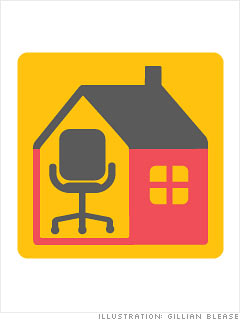Solve your health care challenges
Premiums soaring? Your insurer denied your claim? Retiree benefits got slashed? Try these strategies to cure what ails you when it comes to getting and paying for medical care.

The solution: Starting in 2014, subsidies to buy individual policies will be available to low- and middle- income people. A family of four who earn less than $88,200 today would qualify. New standardized policies will also make it easier to compare plans and understand what you're buying.
But for now your best move is to try to find cheaper group coverage. Contact any professional or trade association that you might be eligible to join and ask if they offer a plan for members. One caveat: Not every health plan sold through associations is a group policy; sometimes insurers are allowed to market individual plans through the organization, warns Cheryl Fish-Parcham, deputy director of health policy at Families USA.
No luck? Comparison-shop among individual plans at ehealthinsurance.com to find your best deal. Note that prices are for people in good health; you won't know exactly what you'll be charged until you apply, but if you're not happy with the quote, you're under no obligation to buy.
A word of warning: Avoid plans that take all comers and only offer discounts on care or a limited benefit, such as a flat $500 for a hospital stay. "If anyone can qualify, it's probably not true medical insurance," warns Carrie McLean, a consumer specialist with eHealthInsurance.com.
NEXT: Challenge: You're confused by Medicare

